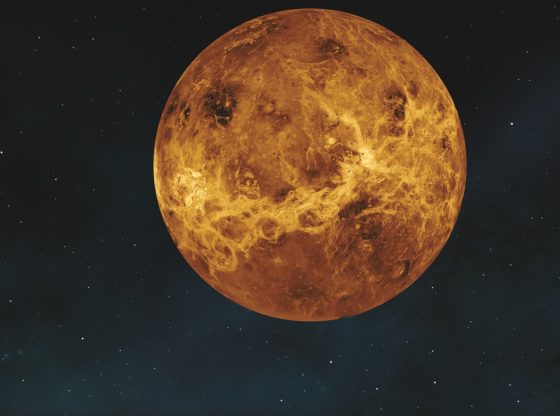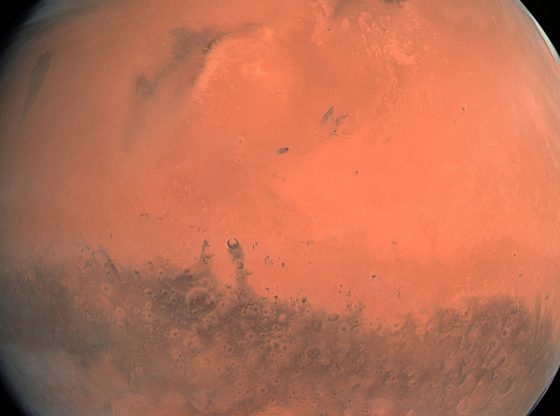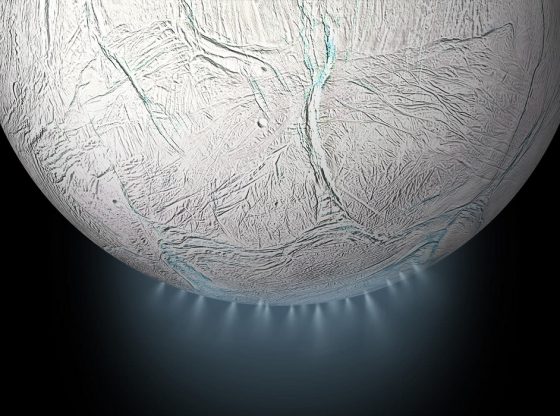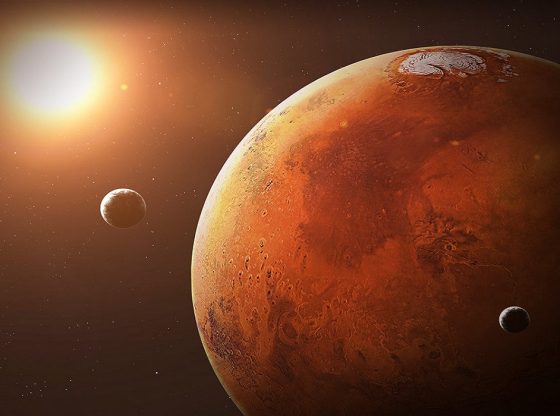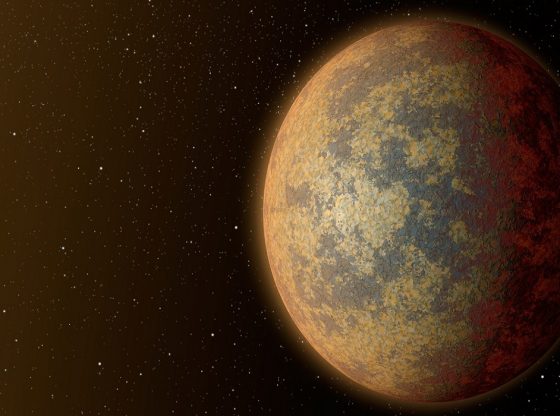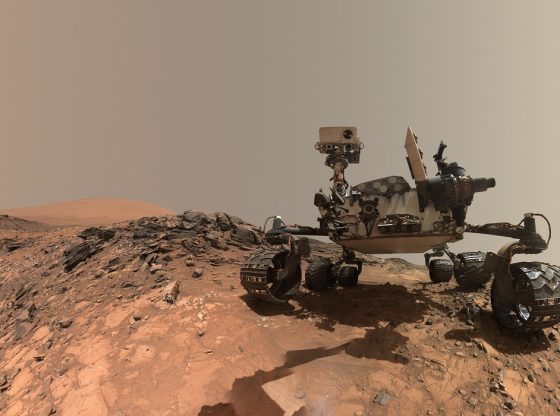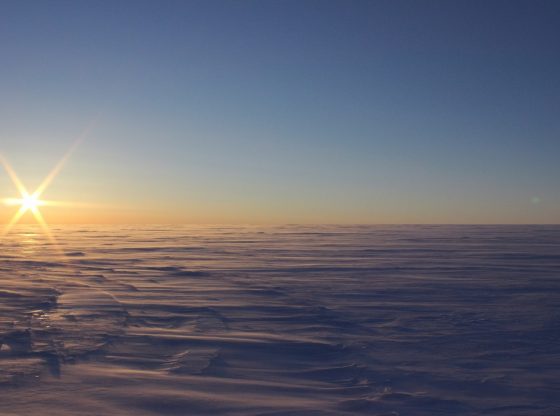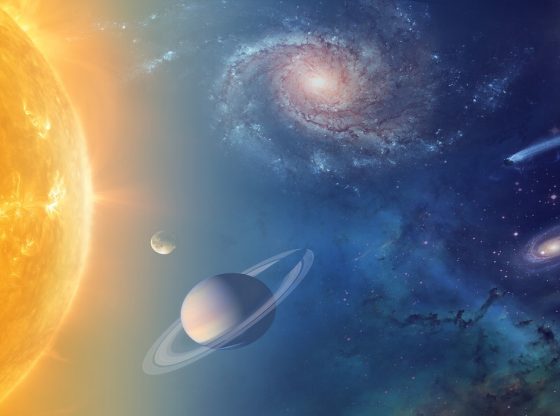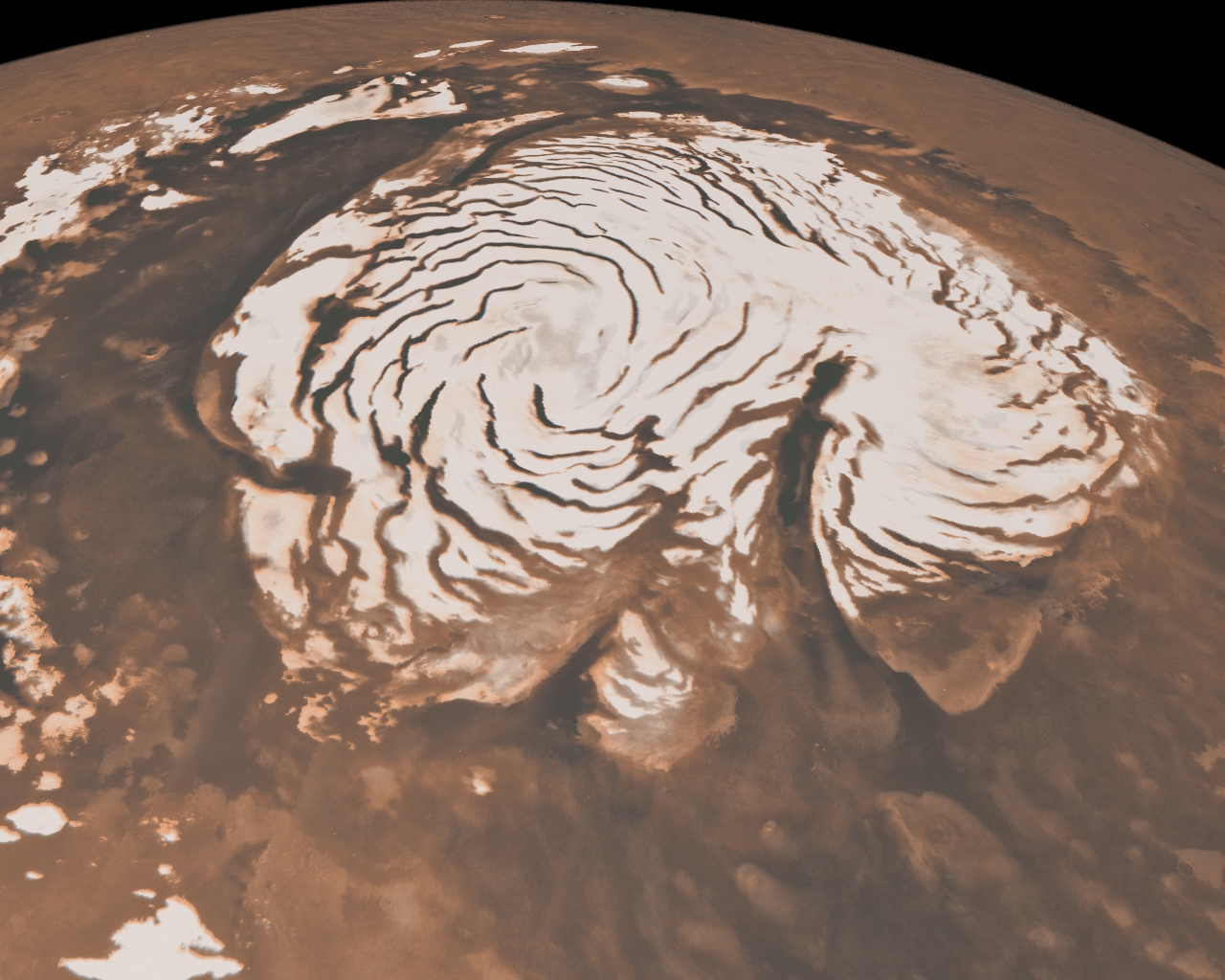
Researchers can now show that the climate on Mars has varied in cycles. These findings can improve our understanding of the possibility of life on the red planet.
The Martian surface may at times have been covered by ice. This ice then retreated to the poles and then re-spread out over the surface of the planet – in cycles.
Ice Age
This has long been a hypothesis but concrete evidence of these climate cycles has been lacking, until now. U.S scientists have been studying the north pole ice sheet, which formed during four million years and found evidence of climate changes.
With the help of radar from the space probe Mars Reconnaissance Orbiter, the scientists discovered and dated traces of ice, which has melted and then regrown. They conclude that the last ice age on Mars took place about 370,000 years ago.
The ice then covered the entire planet with about a 60 centimeters (24 inches) thick layer but then started retreating towards the poles.
Blue Planet Transformed Into Red Planet
Researchers think that the climate on Mars was much warmer and wetter than it is today some billions of years ago. There is compelling evidence that liquid water may have existed on the planet’s surface.
The orbit of Mars around the sun has changed, as well as the atmosphere around the planet. In doing so, the climate has become colder and drier. Today the surface of Mars is as dry and cold as a polar desert.
The North and south poles are covered with ice but no liquid water is not. But even so, more than five million cubic kilometers of ice have been identified at or near the surface of present Mars, enough to cover the whole planet to a depth of 35 meters (115 ft).
Properties of the present Mars atmosphere implies that when the ice melts it directly turns into water vapor then disappears from the surface. Making ice the only viable form for water to remains on the planet.
_____________
An ice age recorded in the polar deposits of Mars
__________________________

